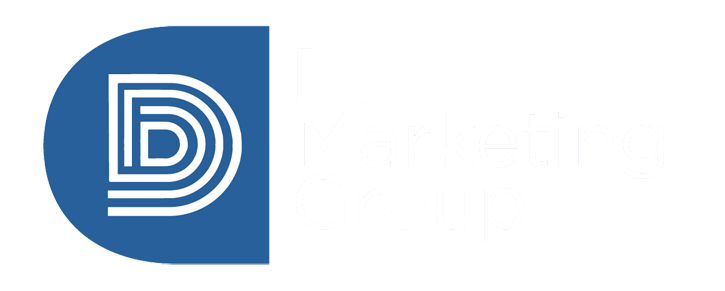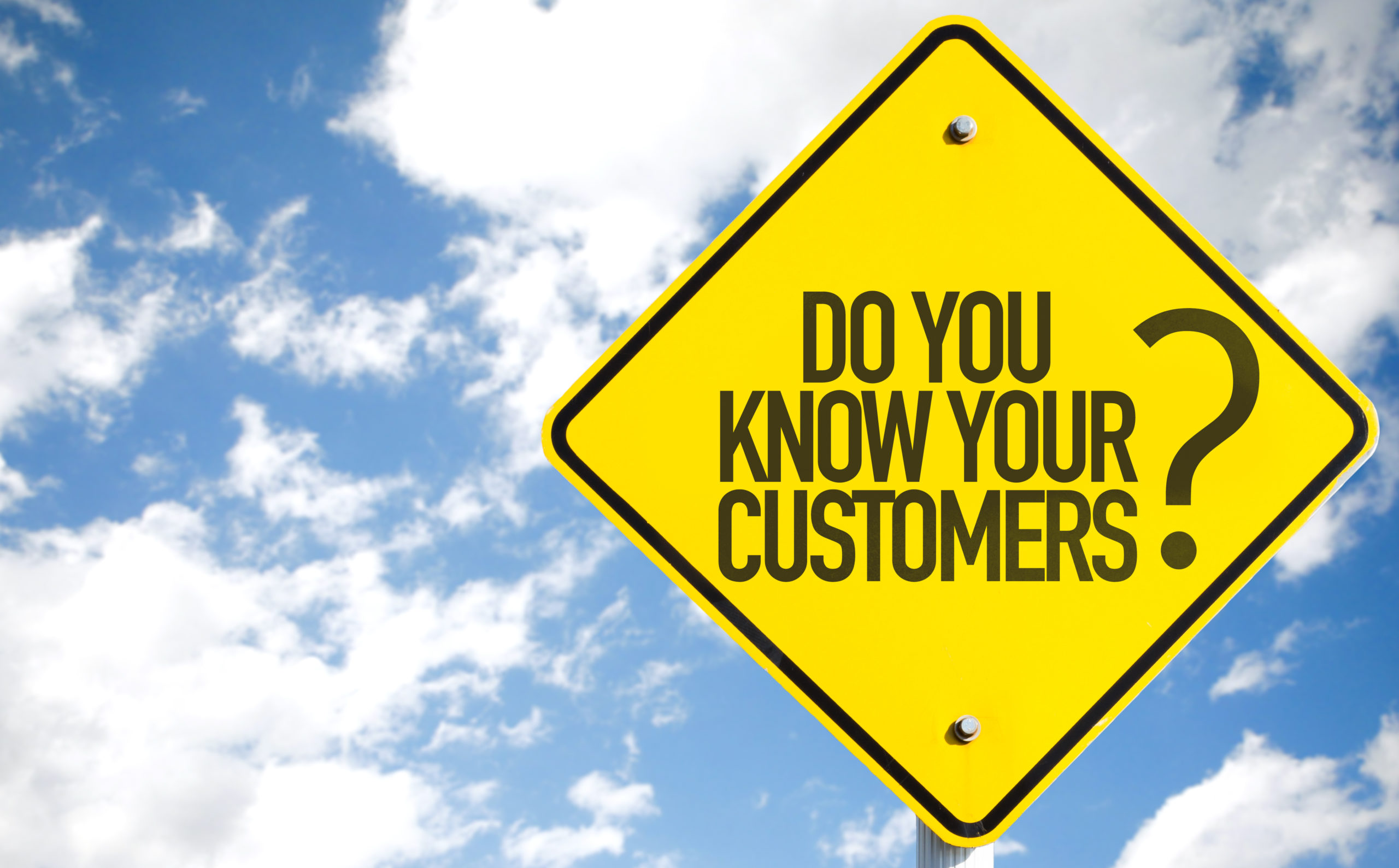Knowing your ideal customer profile is foundational to the success of every business. No matter your industry or the stage of life of your business, future success depends on how well you understand the customers you serve.
Without this knowledge, how will you market, sell and service them appropriately?
The start of the sales cycle
Lead generation is the process of attracting and nurturing prospective customers to your business. Finding potential customers for your services starts with having leads, and the more you have, the more opportunities you have to grow your business.
While lead generation is critical to the sales process, the first step in the sales cycle is identifying quality prospects by creating your ideal customer profile. Putting time and resources into defining your target customers is the best way to build a pipeline full of qualified leads already in the market for your services.
Here are just a few reasons why knowing your ideal customer profile makes all the difference:
Efficiency: Targeting the right prospects that are aligned with the services you are selling will make for more strategic efforts across all areas of your business. By focusing on the right target audience, Time will NOT be wasted pursuing unlikely prospects.
Practicality: Nurturing qualified leads is a great cost-saving measure, as your business is only putting money and resources toward prospects that are more likely to become customers.
Relevance: By thoroughly knowing and understanding your customer, your business will be able to create personalized campaigns, messaging, and solutions to meet their needs and behaviors. Relevant communication will make for an elevated customer experience because it’s being put in front of those who truly want and need what you’re selling.
What an ideal customer profile looks like
Having a clear picture of your optimal customer with important key features will help determine which leads are more likely to convert. Though your client profile is a fictional representation, it is based on real data, research, and other factors.
Included in an ideal customer profile will be a mix of demographic and psychographic information such as, but not limited to:
DEMOGRAPHIC
Industry
Geographic location
Size of company
Revenue generated
Location
PSYCHOGRAPHIC
Interests
Buying behaviors
Lifestyle
Online activities
Influences (i.e. news)
Your ideal customer profile paints a clear and detailed picture of who you should be targeting for your services.
Within the customer profile, it’s a good idea to create a customer persona, which is an in-depth analysis of the employees within the prospect company who will make the sales decisions. There may be multiple customer personas within a company, but all are important in shaping how you will interact with leads more effectively.
How to create an ideal customer profile
Many factors go into understanding an ideal customer, but data based on key research will guide you throughout the entire process. Data can be derived from sources such as:
- Interviews with current clients
- Social media presence
- Industry research and insights
- Competitor reviews
- Internal marketing data including email open rates, blog post traffic, social media shares/likes, etc.
The key to creating an ideal customer profile is to be curious, diligent, and relentless knowing that there is always something more and new to be learned!
Using data enhancements to understand current customers
When creating the profile of your ideal customer, the data you gather can be made even more valuable with data enhancement. This process improves your data with information pulled from external sources allowing marketers to communicate more effectively with a highly targeted audience.
Through data enhancement, marketers can invest in new data to add to and enhance first-party (internal) data for greater impact.
Examples of data enhancements may include deeper insights and supplements around areas such as firmographic, contact (email and phone), demographic, and psychographic data.
Appends to this data can dramatically improve customer profiles, improve audience segmentation, and provide opportunities for better marketing results.
Reaching your ideal customer
Stay tuned for the next installment of this series where we’ll continue the discussion of your customer profile and how you can use current client data to create lookalike audiences on social platforms such as Facebook and LinkedIn.
In the meantime, we encourage you to think about how well you know your customers, and if you’re leveraging data to best understand and reach them. Let’s connect and brainstorm ways our team can help!

